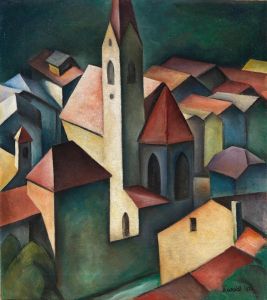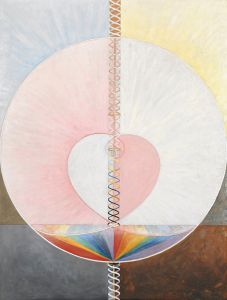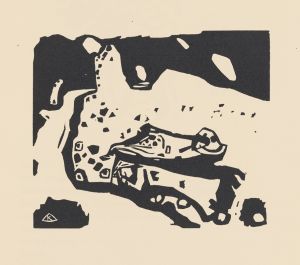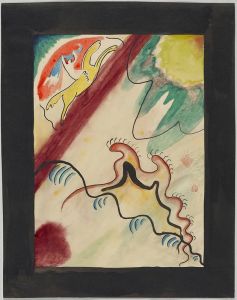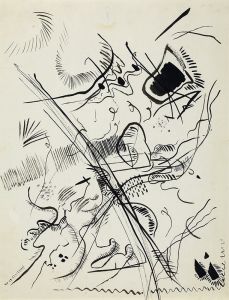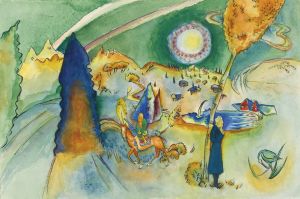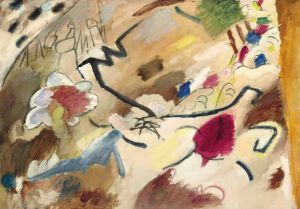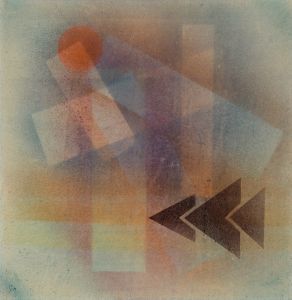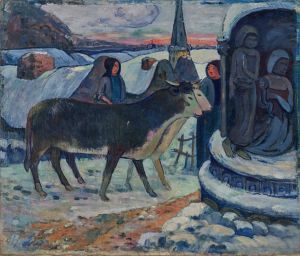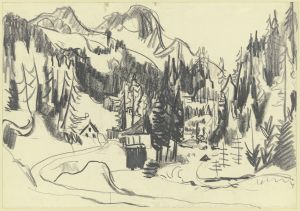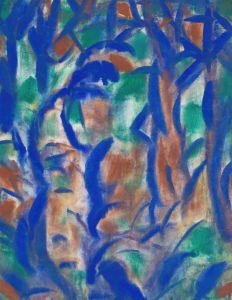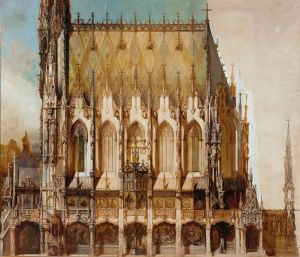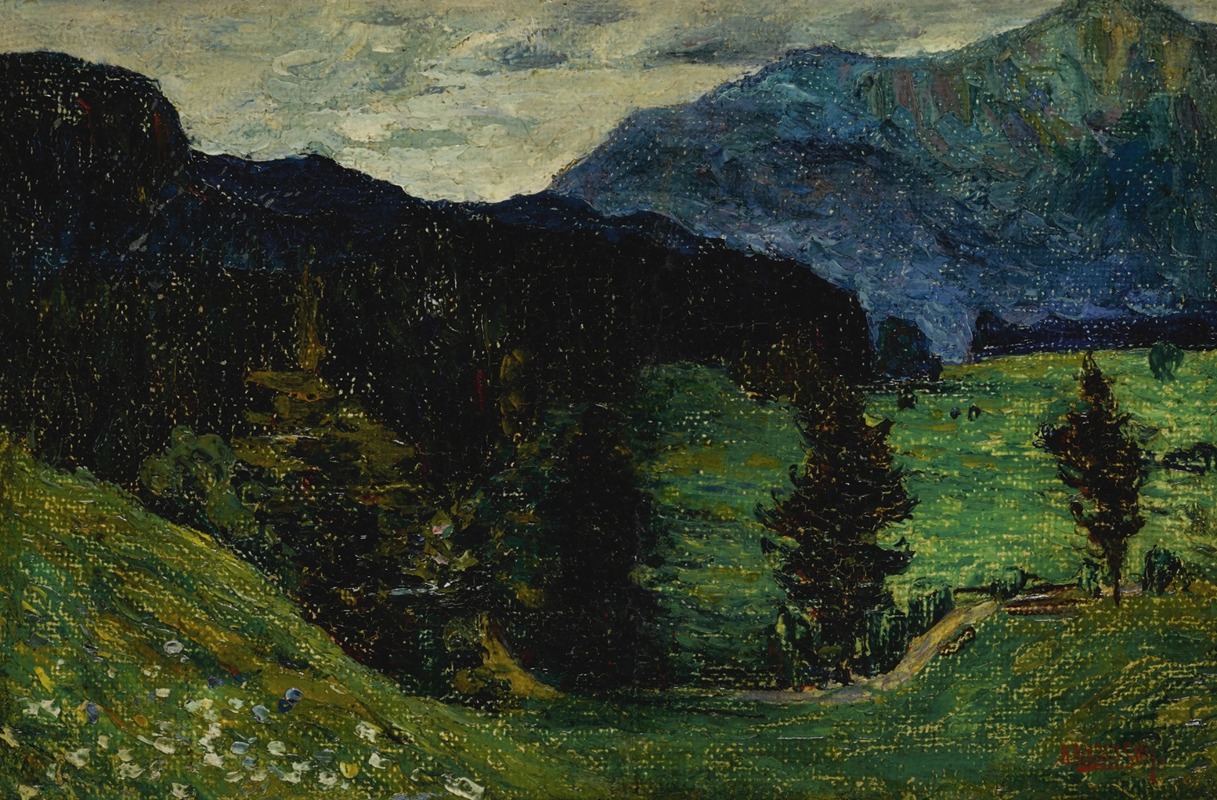
Kochel—Mountains with Firs
A hand-painted replica of Wassily Kandinsky’s masterpiece Kochel—Mountains with Firs, meticulously crafted by professional artists to capture the true essence of the original. Each piece is created with museum-quality canvas and rare mineral pigments, carefully painted by experienced artists with delicate brushstrokes and rich, layered colors to perfectly recreate the texture of the original artwork. Unlike machine-printed reproductions, this hand-painted version brings the painting to life, infused with the artist’s emotions and skill in every stroke. Whether for personal collection or home decoration, it instantly elevates the artistic atmosphere of any space.
Wassily Kandinsky, a pioneering figure in abstract art, created "Kochel—Mountains with Firs" during a period when he was deeply influenced by the landscapes of the Bavarian Alps. Born in Moscow in 1866, Kandinsky moved to Munich in 1896, where he began his formal art education. The Bavarian countryside, particularly around the town of Kochel am See, provided a rich source of inspiration for his early works.
"Kochel—Mountains with Firs" is a testament to Kandinsky's evolving style during the early 20th century. This painting reflects his transition from Impressionism and Post-Impressionism towards a more abstract form of expression. The work captures the essence of the natural landscape, emphasizing the interplay of color and form rather than a realistic depiction of the scene.
The painting features a view of the mountains near Kochel, with fir trees prominently in the foreground. Kandinsky's use of bold colors and dynamic brushstrokes conveys a sense of movement and emotion, characteristic of his work during this period. The composition is structured yet fluid, with the mountains and trees rendered in a way that suggests their presence rather than detailing their exact appearance.
Kandinsky's time in Kochel was crucial in his artistic development. The serene yet powerful landscapes of the region resonated with his growing interest in the spiritual and emotional potential of art. He believed that colors and shapes could evoke emotions and convey deeper meanings, a philosophy that would later be central to his theoretical writings, such as "Concerning the Spiritual in Art."
"Kochel—Mountains with Firs" exemplifies Kandinsky's exploration of these ideas. The painting's vibrant palette and abstracted forms invite viewers to experience the landscape not just visually, but emotionally. This approach marked a significant departure from traditional landscape painting, aligning with Kandinsky's belief in the transformative power of art.
During this period, Kandinsky was also influenced by the works of other avant-garde artists and movements, including Fauvism and Symbolism. These influences are evident in his use of color and form, which prioritize emotional resonance over realistic representation. "Kochel—Mountains with Firs" can be seen as a precursor to Kandinsky's later, fully abstract works, where he would further distill his ideas about the spiritual nature of art.
Kandinsky's contributions to art extended beyond his paintings. As a theorist and teacher, he played a significant role in the development of abstract art, particularly through his involvement with the Bauhaus school in Germany. His ideas about the emotional and spiritual dimensions of art continue to influence artists and art theorists today.
"Kochel—Mountains with Firs" remains an important work in Kandinsky's oeuvre, illustrating his transition from representational art to abstraction. It captures a moment of experimentation and discovery, reflecting his deep connection to the natural world and his desire to express its essence through color and form. This painting is a valuable piece of art history, offering insight into the early stages of Kandinsky's journey towards abstraction and his enduring impact on modern art.





